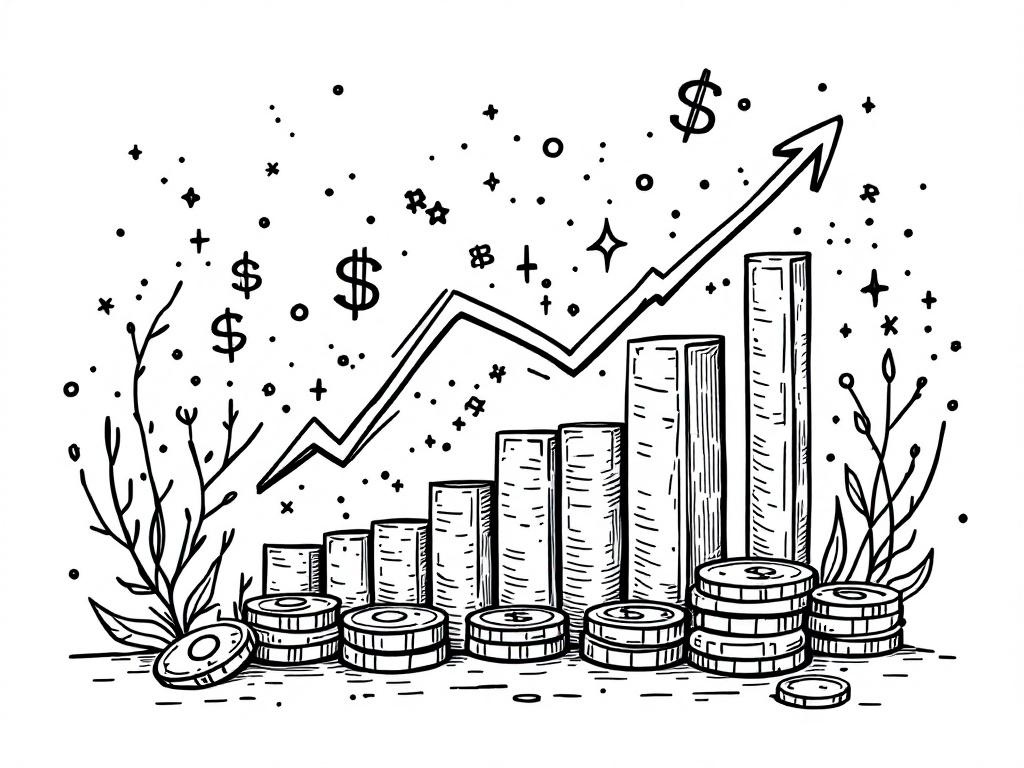Nasal Allergy Treatment Market Expected to Surge by 2032

New York, Wednesday, 8 October 2025.
The nasal allergy treatment market is projected to grow significantly from 2025 to 2032, driven by a rise in allergic rhinitis cases and innovations in drug delivery and digital health technologies.
Growth Drivers in the Nasal Allergy Treatment Market
The growth of the nasal allergy treatment market from 2025 to 2032 is primarily driven by an increase in allergic rhinitis cases, which is one of the most common chronic diseases worldwide. This condition is exacerbated by factors such as environmental pollution, tobacco use, and changing climate conditions, which have increased exposure to airborne allergens. Consequently, the demand for effective nasal allergy treatments is rising globally [1].
Technological Innovations and Market Expansion
Innovations in drug delivery systems and the integration of digital health technologies are revolutionizing the nasal allergy treatment market. Digital health solutions, such as mobile applications and electronic diaries, enable self-monitoring and improve patient adherence to treatment plans. Companies are developing a variety of drug administration options, including nasal sprays and oral tablets, to cater to different patient preferences. Emerging therapies, such as placental extract injections and immunotherapies, are under investigation to provide long-term relief [1].
Key Players and Market Fragmentation
The nasal allergy treatment market remains fragmented, characterized by numerous global and regional players focusing on innovation and regulatory approvals. Major companies such as Merck & Co., Boehringer Ingelheim, and AstraZeneca are prominent in this space, driving growth through new product development and strategic expansions. The United States leads the market due to advanced healthcare infrastructure and favorable reimbursement policies, while China and the United Kingdom are emerging as significant markets due to increased urbanization and high smoking rates, respectively [1].
Economic Implications and Future Outlook
The projected growth of the nasal allergy treatment market is expected to have significant economic implications. As the market expands, pharmaceutical companies will enhance their product offerings and increase their market presence, influencing healthcare trends and economic conditions in related sectors. The market is projected to grow from a valuation of USD 16 billion in 2025 to USD 21.2 billion by 2032, reflecting a compound annual growth rate (CAGR) of 4.10%. This expansion is indicative of the broader economic impact of rising healthcare demands and technological advancements in the medical field [1].